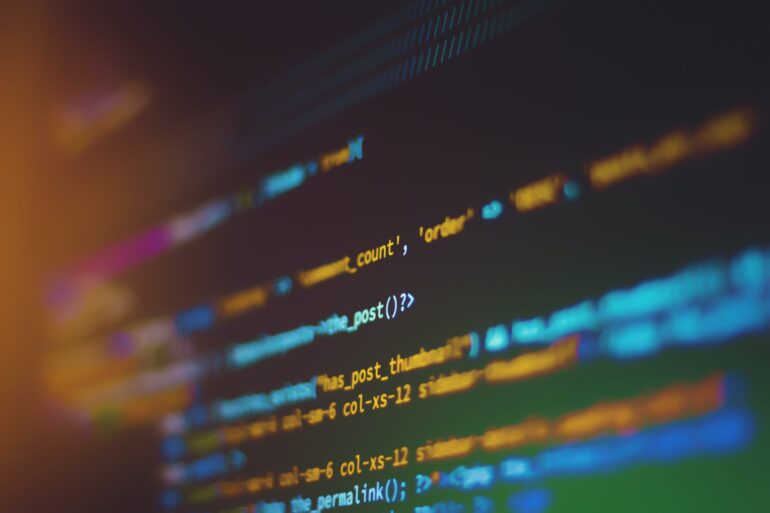- New AI-powered coding tools are emerging, claiming full autonomy in software development tasks.
- Devin AI, labeled an “AI software engineer,” can independently build websites, debug code, and refine its language model.
- Open-source alternatives like Devika and OpenDevin are gaining traction.
- Microsoft’s AutoDev introduces autonomous AI agents for code generation and testing.
- Industry experts praise the efficiency and creativity fostered by AI coding assistants.
- Safety and reliability concerns persist, necessitating rigorous quality assurance.
- Human collaboration remains essential in software development, as AI capabilities are still limited.
- Programmers are advised to embrace AI tools for competitive advantage while remaining vigilant about security.
Main AI News:
The realm of AI-powered coding tools is evolving rapidly, transitioning from mere copilots to autonomous agents. Recent innovations, such as GitHub Copilot, Amazon CodeWhisperer, and Tabnine, have paved the way for a new generation of tools claiming full autonomy in software development tasks.
One standout in this new wave is Devin AI, labeled as an “AI software engineer” by its creator, Cognition’s applied AI lab. Devin boasts the ability to independently construct websites from scratch, debug codebases, and even refine its own language model. Following Devin’s debut, open-source alternatives like Devika and OpenDevin have emerged, while established players like Microsoft’s GitHub Copilot are not resting on their laurels.
Microsoft’s researchers have introduced AutoDev, a system employing autonomous AI agents to generate code, conduct tests, and rectify bugs. This proliferation of advanced AI coding assistants has garnered praise from industry experts like Ben Dechrai, a developer advocate at Sonar, who emphasizes their role in expediting coding processes and fostering creativity among software engineers.
Saurabh Bagchi, a professor at Purdue University, highlights the importance of these tools in facilitating code structuring but also warns about potential safety and reliability concerns. Despite their capabilities, Bagchi stresses the necessity for rigorous quality assurance, given the inherent limitations of AI-generated code.
While the emergence of “AI software engineers” might spark concerns about human obsolescence, the reality is more nuanced. Devin, for instance, only resolved a fraction of real-world GitHub issues, indicating a significant gap between AI capabilities and human expertise. Bagchi underscores the collaborative nature of software development, suggesting that human intuition and collaboration remain indispensable.
Looking ahead, Dechrai advises programmers to embrace AI coding assistants to stay competitive in the evolving landscape. Bagchi echoes this sentiment, urging developers to experiment with these tools while remaining vigilant about security and reliability.
Conclusion:
The emergence of autonomous AI in software development marks a significant advancement, promising greater efficiency and innovation. However, the market should proceed cautiously, ensuring thorough quality assurance and maintaining the collaborative nature of software development to leverage the full potential of these tools.

